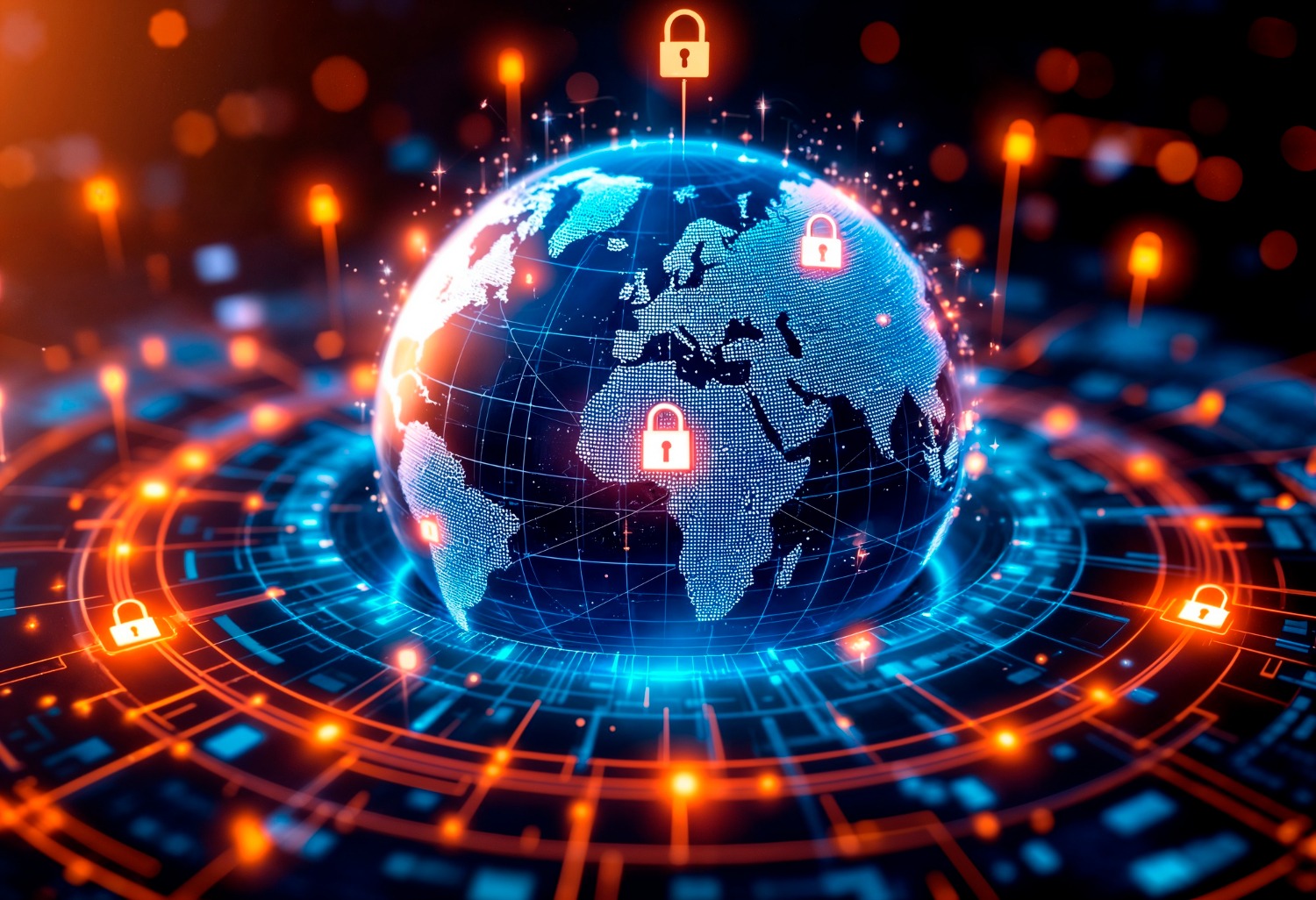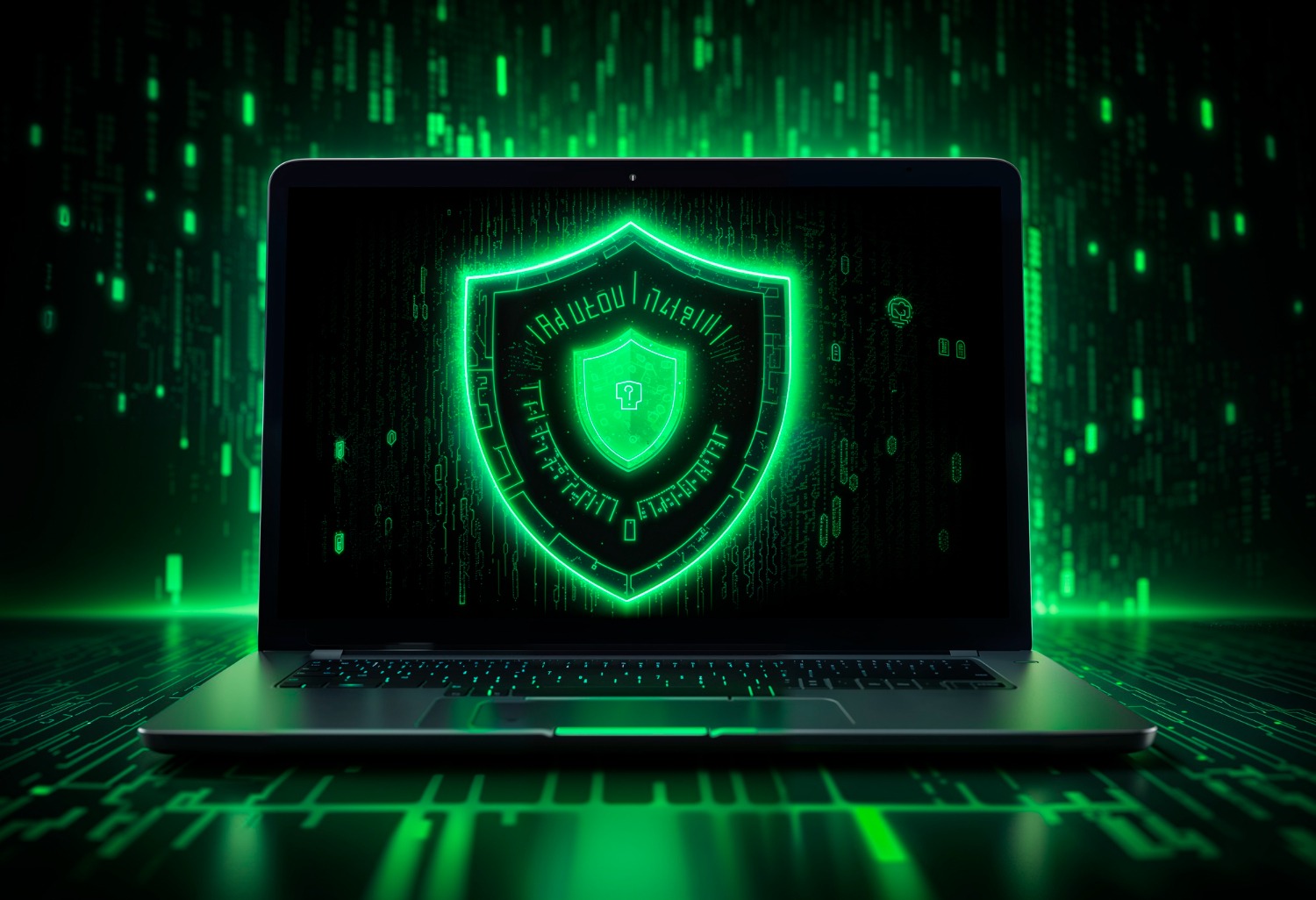Top Cybersecurity Threats and Trends for 2025
The year 2025 promises to bring even more complexity to the cybersecurity landscape, with both new threats and the amplification of existing ones. To stay ahead of these challenges, businesses need to be proactive in understanding these threats and trends, and incorporate them into their strategies. Below are the top cybersecurity threats and trends expected to dominate the landscape in 2025.
1. Ransomware Attacks: More Sophisticated and Targeted
Ransomware attacks have been a persistent problem for organizations over the past few years, and by 2025, they are expected to become more sophisticated and targeted. Cybercriminals are likely to adopt more advanced techniques, such as using artificial intelligence (AI) and machine learning (ML) to automate attacks and find vulnerabilities more quickly. Ransomware-as-a-Service (RaaS) platforms will make it easier for even less skilled attackers to launch effective ransomware campaigns.
In addition to traditional data encryption, attackers may move towards extortion techniques, including threats to release sensitive data publicly unless a ransom is paid. The growth of hybrid and remote work environments, with many employees accessing company networks from personal devices, could provide more opportunities for ransomware actors to infiltrate organizations.
2. Phishing Scams 2.0: AI-Powered and Hyper-Personalized
Phishing attacks are expected to become more advanced with the use of AI and machine learning. These tools enable cybercriminals to craft hyper-personalized phishing emails, making it harder for employees to distinguish between legitimate communications and malicious ones. In 2025, phishing scams could target specific individuals within an organization, using social engineering techniques to exploit personal information or weak credentials.
AI-powered phishing attacks may also leverage deepfake technology to impersonate senior leaders within organizations, convincing employees to transfer funds or share confidential information. Businesses will need to train employees to recognize these evolving threats and implement stronger email verification and multi-factor authentication (MFA) practices to mitigate the risk.
3. Supply Chain Attacks: A Growing Target for Hackers
Supply chain attacks have gained notoriety in recent years, with high-profile incidents like the SolarWinds breach. In 2025, as businesses continue to rely on third-party vendors for critical services and technology, supply chain attacks are expected to be an even greater threat. Cybercriminals will look for vulnerabilities in vendor systems to gain access to multiple organizations simultaneously.
Attackers may target software providers, IT service companies, and even smaller, less-secure vendors as a way to gain a foothold into larger organizations. To mitigate the risks of supply chain attacks, organizations must adopt rigorous security practices for third-party management, including regular vulnerability assessments, security audits, and enforcing cybersecurity best practices across their vendor ecosystem.
4. IoT Vulnerabilities: A Growing Attack Surface
The Internet of Things (IoT) continues to expand, with more connected devices integrated into both personal and business environments. By 2025, the number of IoT devices is expected to reach over 30 billion, providing cybercriminals with an increasingly attractive attack surface. Many of these devices are still built with weak security standards, creating vulnerabilities that can be exploited by attackers.
Smart home devices, medical devices, and industrial IoT equipment are particularly at risk. Attackers may use these vulnerable devices to create botnets for launching Distributed Denial of Service (DDoS) attacks, gather intelligence, or infiltrate corporate networks. Businesses will need to adopt stronger security protocols for IoT devices, including secure default configurations, regular updates, and strong authentication methods to prevent exploitation.
5. Insider Threats: Human Error and Malicious Intent
Insider threats have long been a concern, and they are expected to remain a top issue in 2025. These threats can come in two forms: malicious insiders and unintentional errors made by employees. Malicious insiders may steal sensitive data, sabotage systems, or assist external attackers. On the other hand, employees who make mistakes, such as accidentally sending sensitive information to the wrong recipient or falling for phishing scams, can also lead to significant security breaches.
To address insider threats, organizations should implement robust monitoring systems that track user behavior and detect anomalies. Regular training on data protection and cybersecurity best practices is essential to reduce the risk of unintentional errors. Additionally, privileged access management tools can help mitigate the damage caused by insiders with access to sensitive information.
6. AI and ML in Cybersecurity: Double-Edged Sword
Artificial intelligence and machine learning are revolutionizing cybersecurity, providing tools for threat detection, predictive analytics, and automated responses. However, these technologies are also being weaponized by cybercriminals to launch more efficient and difficult-to-detect attacks. In 2025, it is likely that we will see an increasing number of cybercriminals leveraging AI and ML to automate the identification of vulnerabilities, bypass security systems, and launch more personalized attacks.
On the defensive side, AI and ML will continue to evolve as essential tools for identifying anomalies, automating threat responses, and improving security posture. As these technologies advance, they will play a critical role in both offensive and defensive cybersecurity strategies. Organizations should be prepared to integrate AI-powered security tools while staying vigilant about potential adversarial uses of the same technologies.
7. Cloud Security Risks: Securing Remote Work Environments
The widespread shift to remote work has led to an increased reliance on cloud services for collaboration, file storage, and enterprise applications. While cloud providers invest heavily in security, the responsibility for securing data and applications still rests with the organizations using these services. In 2025, cloud security risks are expected to grow, especially as businesses continue to scale their cloud infrastructure and incorporate more advanced cloud technologies like multi-cloud environments.
Misconfigurations, insufficient access controls, and weak authentication methods are among the primary risks associated with cloud environments. To mitigate these risks, businesses should invest in comprehensive cloud security strategies, including regular configuration audits, encryption, identity and access management (IAM) policies, and continuous monitoring.
8. Quantum Computing and Cryptography Challenges
As quantum computing continues to advance, it has the potential to disrupt current cryptographic standards that are widely used for securing sensitive data. By 2025, the first viable quantum computers may be able to break encryption methods that are currently considered unbreakable by classical computers. This poses a significant threat to data protection and privacy.
In response, the cybersecurity industry is actively researching quantum-resistant cryptography. Organizations should stay informed about advancements in quantum computing and begin preparing for the post-quantum cryptography era by implementing hybrid encryption solutions and transitioning to quantum-safe encryption standards when they become available.
Conclusion
The cybersecurity threats of 2025 will be more diverse, sophisticated, and targeted than ever before. From ransomware attacks and AI-driven phishing to cloud security vulnerabilities and quantum computing challenges, businesses must be proactive in addressing emerging risks. By adopting cutting-edge security technologies, implementing comprehensive training programs, and staying ahead of trends, organizations can better protect themselves against the evolving threat landscape. The key to cybersecurity success in 2025 will be a combination of vigilance, innovation, and preparedness.




